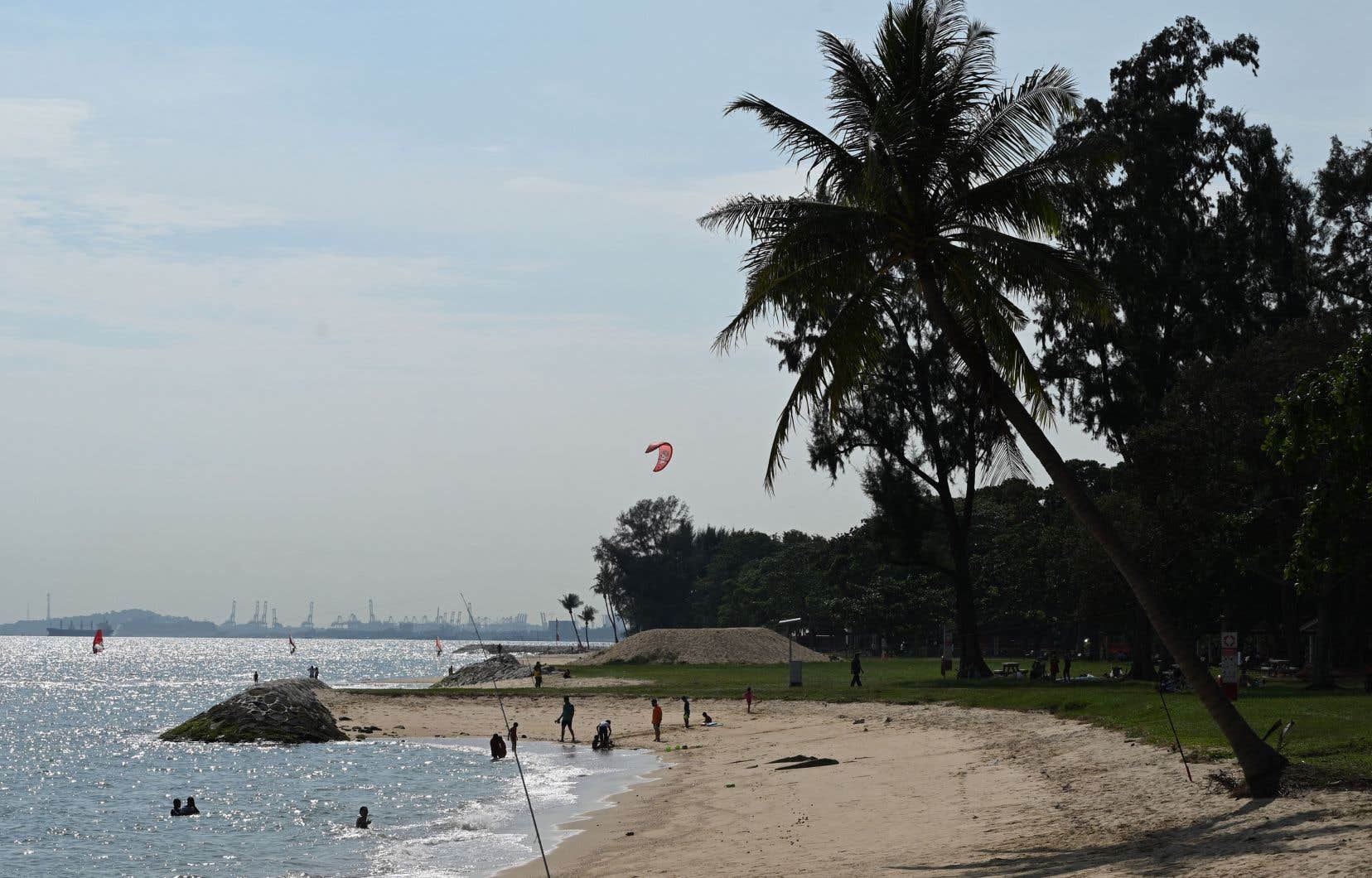Singapore plans to build artificial islands off its east coast to protect part of its territory from rising sea levels caused by climate change, one of its ministers announced.
Engineering and environmental impact studies for a project called “Long Island” will begin in 2024 and last five years, National Development Minister Desmond Lee said on Tuesday.
The new territories created could span 800 hectares, giving the densely populated city-state more space for housing, parks and industry, Lee added.
Singapore, which comprises 63 islands and has a population of 6.2 million, extends over 724 km2 and has one of the highest population densities in the world.
In 2019, Prime Minister Lee Hsien Loong warned of rising sea levels, which he said posed a “grave threat” to Singapore.
The work needed to protect the coast could amount to or even exceed 100 billion Singapore dollars ($75 billion) over the next 100 years, he added.
Singapore’s planning agency, the Urban Redevelopment Authority (URA), has surveyed the public regarding the project, which could take several decades to develop.
Artificial islands could be built offshore to form a “line of defense” against rising sea levels, the URA said on its website.
Government agencies had also studied the possibility of building a three-metre high sea wall along the waterfront. But its construction would cause “long periods of disruption” for park users while the necessary pumping stations would take up space. the equivalent of 15 football fields.
For coastal science specialist Adam Switzer, “various in-depth studies” must be carried out regarding the “Long Island” project, in particular by examining the impact on coastal currents and the seabed. “The potential impact on the built and natural environment will need to be considered very carefully,” said Mr Switzer, a professor at Singapore’s Nanyang Technological University.
Mr Switzer recalled that Singapore had a long experience in the field, citing Changi Airport, the Marina Bay financial district and Tuas Port.
Koh Chan Ghee, a professor at the Department of Civil and Environmental Engineering at the National University of Singapore, said natural solutions such as the development of mangroves, marine vegetation and coral reefs should also be considered.
